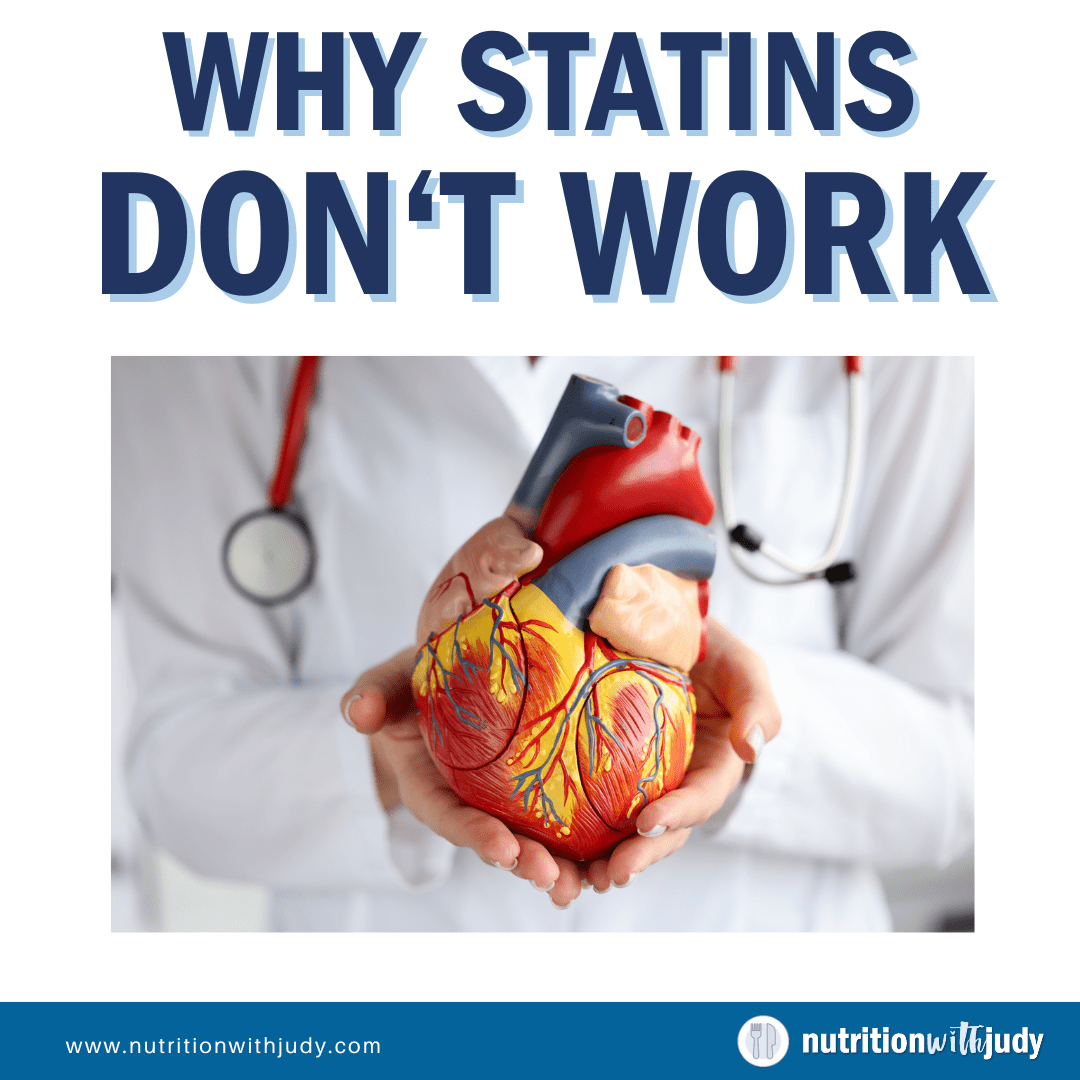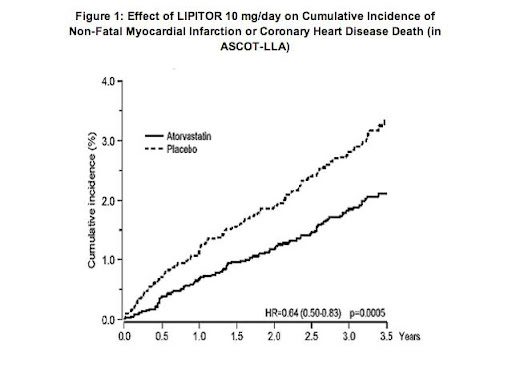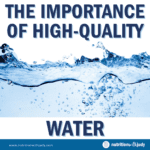

Why Statins Don’t Work


Original Publish Date: 5/28/22
An Analysis of Statin Studies
Statins are a billion-dollar industry. If you’re LDL is higher than 99 mg/dL, your standard care doctor will likely recommend a statin.
Statins are taken by over 35 million Americans daily.
A 2020 systematic review of 35 randomized control trials of cholesterol (LDL)-lowering treatments failed to demonstrate a consistent benefit. The study by Dr. Robert Dubroff, et. al., shares how estimating cardiovascular risk with cholesterol markers, missed many high-risk patients and also required “unnecessary treatment of low-risk individuals.”
The 2020 British Medical Journal, found that 75% of the 35 trials reported no reduction in mortality among the participants that took the cholesterol-lowering drugs.
Dr. David Diamond has shared many talks where pharmaceutical companies have manipulated numbers to show the efficacy of cholesterol-lowering medications. Their advertisement shared that statins decreased heart attack rates by 36%.
(Note the very fine print: the difference between the Lipitor group vs. the sugar pill group was 1%.)
Lipitor claims that it reduces multiple risk factors for health disease with a reduction of 36% for heart attacks alone. The fine print on its ads states, “That means in a large clinical study, 3% of patients taking a sugar pill or placebo had a heart attack compared to 2% of patients taking Lipitor.”
This percentage came from a study that showed relative risk reduction.
When comparing groups, the absolute risk is the difference between two risks, while the relative risk is the percentage of change between two risks.
Absolute risk shares how much benefit a person may have from a treatment (statins). Relative risk helps us see the disparities between the two different groups. Relative risk reductions are used to exaggerate the treatment benefits.
Here’s a fictional example:
Say there was a study with 1,000,000 participants trying to see if flu shots have benefits. Of the 1M people, 60 participants ended up getting the flu.
- 50 people ended up getting the flu without any flu shot
- 10 people ended up getting the flu with the flu shot
What’s the absolute risk reduction?
The risk of having the flu without the flu shot is 50 divided by 500,000 = 0.0001.
This percentage came from a study that showed relative risk reduction.
When comparing groups, the absolute risk is the difference between two risks, while the relative risk is the percentage of change between two risks.
Absolute risk shares how much benefit a person may have from a treatment (statins). Relative risk helps us see the disparities between the two different groups. Relative risk reductions are used to exaggerate the treatment benefits.
Here’s a fictional example:
Say there was a study with 1,000,000 participants trying to see if flu shots have benefits. Of the 1M people, 60 participants ended up getting the flu.
- 50 people ended up getting the flu without any flu shot
- 10 people ended up getting the flu with the flu shot
What’s the absolute risk reduction?
The risk of having the flu without the flu shot is 50 divided by 500,000 = 0.0001.
The risk of having the flu with the flu shot is 10 divided by 50,000 = 0.00002.
The absolute risk reduction is 0.00008 or 0.008%.
What’s the relative risk reduction?
10 people / 50 people = 0.2 or 80% relative risk reduction.
—
Back to the Lipitor ad, 36% is the relative risk reduction.


The study shared the graph above. The vertical axis shares the absolute percentage difference is a drop from 3.0% to 1.9%.
The absolute reduction of using Lipitor for cardiovascular risk is 1.2%.
You can read more about statin exaggerations, here.
Okay, just to summarize:
- Statins don’t really reduce cardiovascular events. 1 out of 100 people with cardiovascular risks will benefit from statins (the aforementioned 1.2%).
- The pharmaceutical companies use relative risk over absolute risk reduction to exaggerate benefits. After all, 36% looks far better than 1.2% on an advertisement for Lipitor.
The real problem with statins is all the side effects. Statins come with a long slew of medical conditions:
- Muscle pain and weakness
- Neuropathy (tingling of hands and feet, difficulty walking)
- Dizziness
- Heart failure (oh, the irony)
- Cognitive impairment (especially with memory)
- Depression (mood disorders and rage)
- Cancer
- Pancreatitis
You can read the details, here and here.
The Impact of Lowering Cholesterol
As a nutritional therapist, I don’t see enough discussion on statin’s consequences on nutritional deficiencies. All drugs cause stress on the liver. It requires nutrients and resources for the liver to go through the phases of detox.
And if this statin information wasn’t bad enough, they are using statins on children. Children who have developing brains–brains that are made up of 60% cholesterol.
In health,
Judy




Elaine Burchfield
March 17, 2024 at 2:59 pmStatins have ruined my body forever. For several years I stopped taking them & refused my primary’s begging me to restart. Less than one year ago I finally gave in to my cardiologist and am now using Repatha. Have I just substituted one evil for another!
Elaine Burchfield
March 17, 2024 at 3:01 pmSorry – email
ladav8r2@proton.me